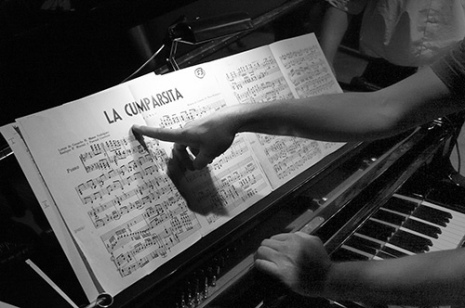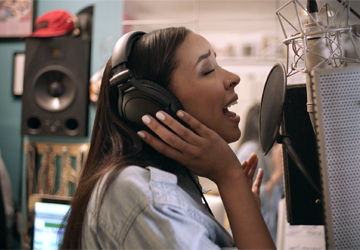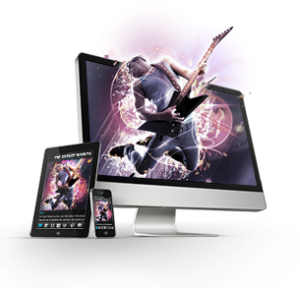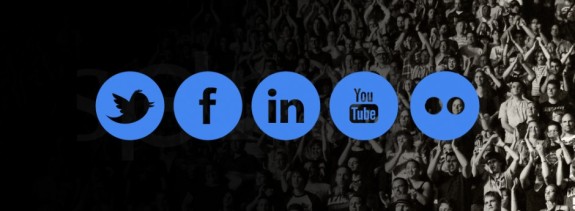Teaching music lessons can be a great gig for musicians who want to translate their craft into an income. If you have already established a regular clientele of students and have money saved up, you should definitely consider working as a full time music teacher and starting your own business. There are several great advantages in doing this. You get to create your own hours, choose the amount of students you teach, and most of all you get to be your own boss. Teaching full time would also give you more flexibility with accommodating students because you will be available throughout the entire week.
Like any other business, music teaching requires a great strategy and the proper approach in order to succeed. Here are 8 important factors to keep in mind when setting up your music teaching business:
- Create a Business Plan
Before doing anything, you must take the first step of creating a business plan. You will need to define your goals, create a marketing strategy, and provide financial and funding requirements. It is very important that you are well aware of the market that you are in and keep in mind of factors that can have a great impact on your business.
- Set Up Your Studio Correctly
Whether you are renting a business space or teaching out of your home, it is very important that you always teach in a neat and tidy workplace. This makes a good impression with your students and shows that you are professional and serious about your teaching.
- Make Sure You Have the Proper Equipment
Make sure that you have a god computer or tablet with fast internet access to stream videos on YouTube. Also have a good sound system, music stands, and equipment specific to the instrument that you’re teaching.
- Create Your Payment Terms
The best way to do this is to have students pay for lessons in advance instead of paying lesson by lesson. You can have them pay in advance for each month or have them pay for lessons in blocks of 5 or 10. It just depends on your personal preference.
- Create a Cancellation Policy
Make a well- constructed cancellation policy and stick to it. This can save a lot of problems down the line if a student becomes unreliable. Give your cancellation policy to your student before or at their first lesson and have them to sign it. This will ensure that you are protected for any cancelled lessons given at short notice.
- Promote Your Business
Create a website for your business, print business cards, flyers, and posters. Network with local music stores to get referrals. You can also use social media to promote and film a few YouTube videos of your playing to showcase your talents.
- Avoid Teaching Lessons in a Student’s Home (if possible)
Time is money. Spending too much time driving to student’s homes and being stuck in traffic can offset income. If possible it is best to have students come to you for lessons.
- Book Lessons Back to Back
Booking lessons back to back shows yours student that you are busy and creates the impression that you are a well- respected and sought after teacher.
For more detailed information on setting up a music teaching business, check out this great article Start Your Teaching Business in 30 Days. Again, if you are a music teacher that already has an established roster of students and money saved up, I highly encourage you to consider teaching full time. This is a great gig to turn your music skills into income. These 8 Factors in starting your music teaching business will definitely help your business grow and become successful.



